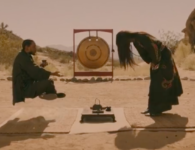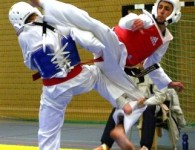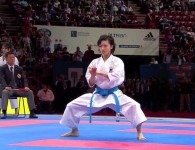
Starting an exercise routine is hard. The unknown can be intimidating. Learning to move and think in new ways can be challenging and often frustrating. It takes time for your body and brain to adapt to all of this new information, and you’ll probably experience some tiredness and aches like delayed onset muscle stiffness along the way. And you have to motivate yourself to face all of that — and keep coming back — until it becomes a habit.
In some ways, though, returning to an exercise routine after some time away can be even harder. You’re not starting from scratch. There are techniques and ideas that you’ll remember. There are even some movements that will be as natural to you as riding a bike. But there are also going to be things you’ll need to relearn. You’ll have to rebuild your strength and cardiovascular fitness. You’ll probably face a bunch of old and new frustrations and aches while doing so, too. All with the knowledge that, once upon a time, these things were relatively easy for you.
As a former personal trainer and the author of the new book Work It Out: A Mood-Boosting Exercise Guide For People Who Just Want To Lie Down — and as someone whose own martial arts journey has been far from steady — I have a lot of experience with trying again. I’ve helped clients and readers take those first few steps toward a new relationship with exercise and a new workout routine. I’ve also had to help myself get back into exercise and martial arts training after a number of different setbacks.
If you’re in that position now, here are some tips for getting back into exercise and physical activities like martial arts that have helped us along the way. I hope there’s something in here for you, too.
Forgive yourself.
If you have any kind of perfectionist or competitive tendencies, you’re probably beating yourself up for falling out of your old training routine. It’ll be a lot easier to start again — and to appreciate your new journey — if you can let that go. I know it’s hard. I’m great at beating myself up, too. Even when I know there’s a reason why there’s a gap in my training resume. But there’s a 99.99% chance that you had a good reason for taking a break or giving up on your martial arts training for a while. Maybe life got in the way. Maybe you had an injury. Maybe your old training situation wasn’t right for you anymore. And maybe you needed some time to recover. Or maybe you just got bored of what you were doing before. That’s valid, too.
Whatever your reason was, it’s done. You are where you are now, and all that you can do is move forward. You don’t have to punish yourself for what happened before. You don’t have to turn your new routine into penance for it, either. This is a new you and a new adventure. You don’t need to weigh it down with any baggage from your previous experiences.

Make an honest assessment of where you are now.
This one can be a little painful if you have any glory days to look back on, but it’s important to take a serious look at where you are today. What’s your general fitness level like? Is there any pre-training that you could do to make your transition back into a full-blown martial arts program safer and smoother? Are there any health concerns you should see a doctor about before you start training again? How will your age and the time you’ve spent away from martial arts factor into your current abilities? As much as we’d like to imagine that we can pick up exactly where we left off, we need to be honest about our current reality. We’re far more likely to make new glory days if we can train smartly based on our current lives and bodies.
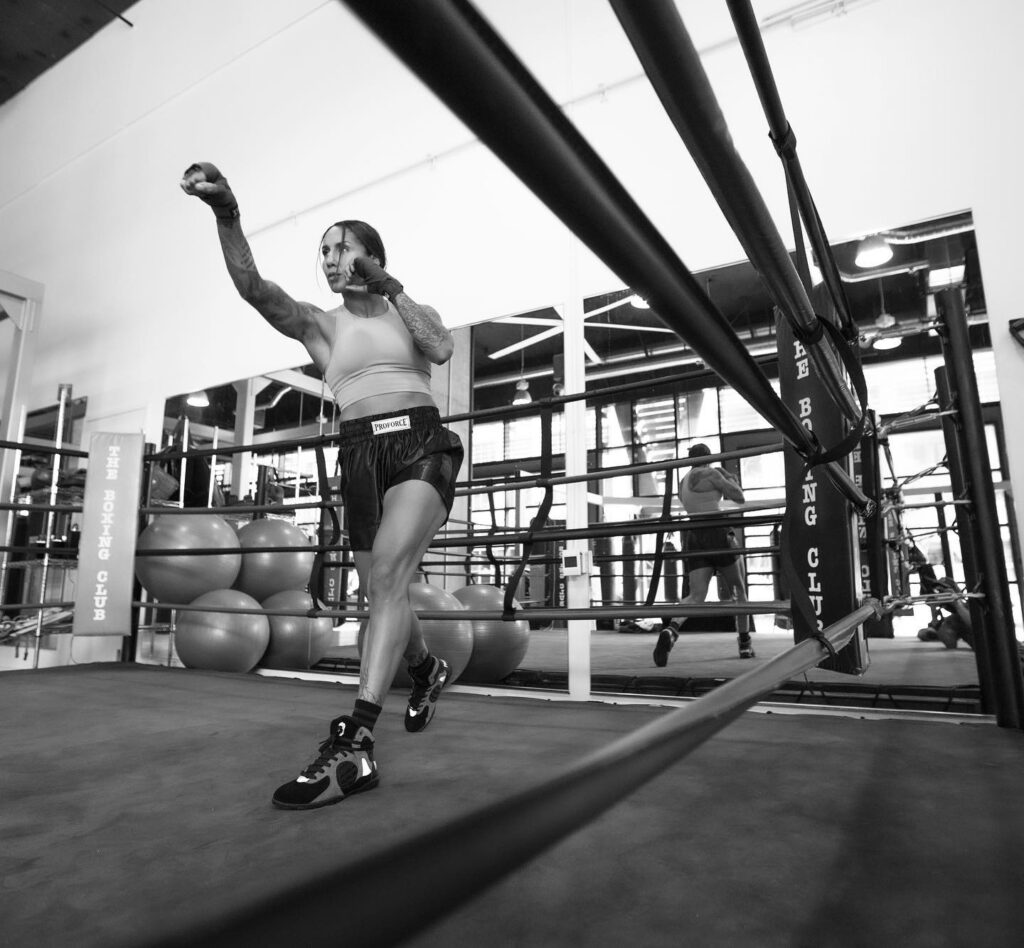
Start slowly.
If you’re feeling insecure or unsure about your return to martial arts training, you don’t have to jump back in right away. In fact, you don’t have to jump at all. You can slowly introduce elements of martial arts training into your current exercise routines. This will help you rebuild your techniques and conditioning at your own pace without having to worry about keeping up with anyone else. Or proving to anyone else that you’ve still got it.
As long as you’ve got a little space and a small budget, you can put together a small at-home training setup to get you started. Treating yourself to a set of jigaw mats and clearing some floor space to put them down opens up a whole world of bodyweight drills for BJJ, wrestling, boxing, kickboxing, and more that you can do all on your own. (If you’re not sure where to start, we’ve got plenty of ideas here.) Throw in a set of boxing gloves and a focus training tool like a strike shield and you can work on your strikes on your own, too.
Once you feel more sure of yourself, then you can start adding group training into the mix again.

Don’t compare yourself to anyone else.
Getting back into martial arts training after a long (or even medium) term absence can be very humbling. If you’re starting at a different gym, you might feel pressure to prove to the new kids — and to yourself — that you’ve still got it. If you’re returning to where you used to train, you might find yourself trying to measure your current progress against your teammates who were still training while you were off. No matter where you go, you will likely try to compare your current self to your former self.
That’s normal. It’s human nature to want to compare. But you’ll be a lot happier and a lot more willing to keep going back for your next training session if you can get yourself to focus on the present. It takes a lot of courage and strength to start again. Give yourself credit for that! And celebrate every step you take after that first big one, too.
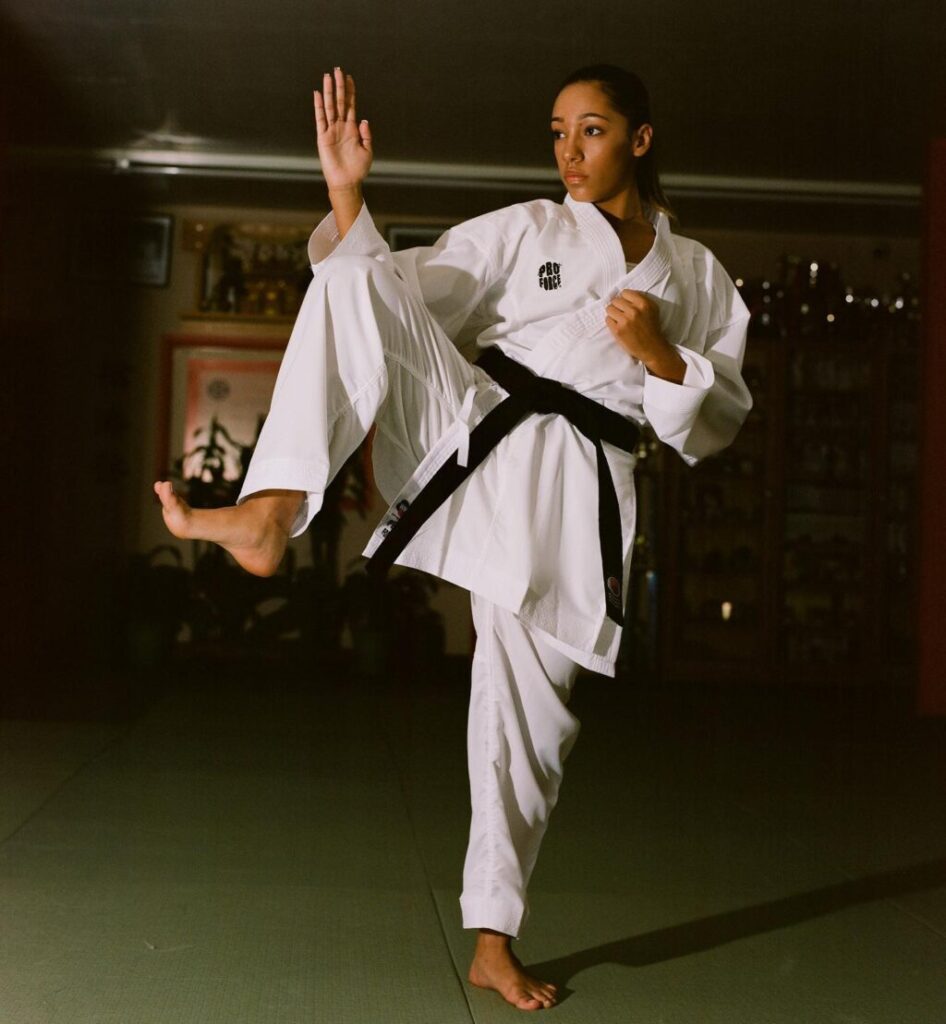
Embrace future setbacks.
Hopefully you won’t need another big downtime. But if you have to take another step away from martial arts, try to embrace that, too. Remember: it’s not about how many times you fall down. It’s how many times you get back up.
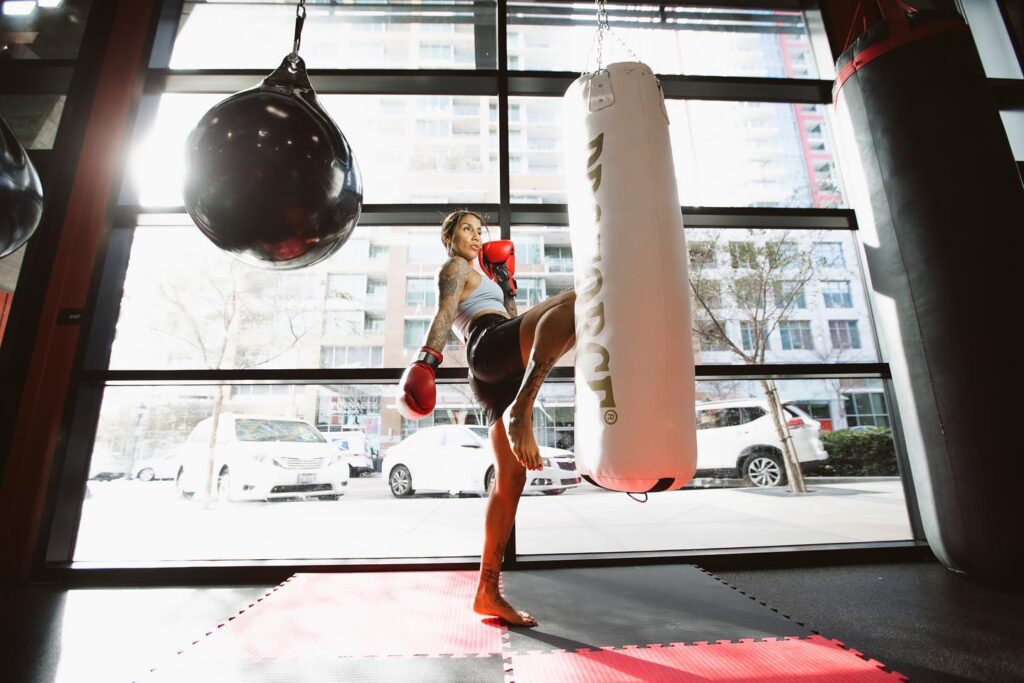
–by Sarah Kurchak










